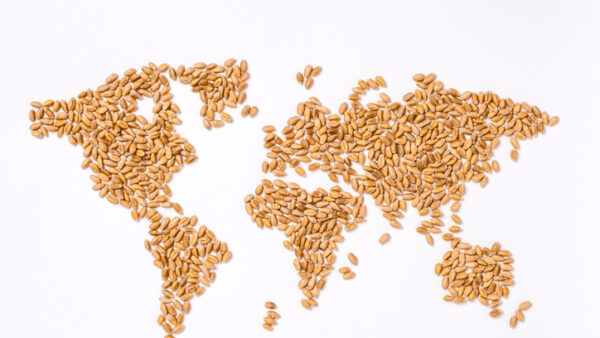We find out from the national manager of the Canadian Food Inspection Agency’s Seed Section about the intricacies of the most important policy initiative happening right now: Seed Regulatory Modernization.
As part of the much-publicized process known as Seed Regulatory Modernization (SRM), the Canadian Food Inspection Agency (CFIA) is looking to update the Seeds Regulations to:
- Protect producers and consumers by strengthening existing requirements
- Improve responsiveness and consistency
- Reduce complexity
- Become adaptable and flexible to function in the modern, fast-changing world
But how can we accomplish these things by updating the regulations? How can regulatory change lead to these outcomes, and how is seed quality impacted? Today we hear from Wendy Jahn, national manager of the CFIA Seed Section.

Why do we need seed regulations?
Seed health is vital to Canada as the first critical link in the agri-food value chain. The seed regulations ensure that quality standards remain high. The regulations provide assurance for quality, traceability, purity and movement. For instance, seed laws protect the farmer by legally requiring the seller to guarantee the quality of seed via standardized inspection and testing procedures. Those procedures, which may consist of a certification system and accreditation authorization procedures, protect enterprises that engage in quality seed production and protect consumers in the commercial sector and the farming community.
Given that the total economic impact of pedigreed seed production is close to $3 billion per year and the fact that it provides the foundation for our $30-billion grain industry, it becomes clear why seed regulation remains important to the Government of Canada and why the CFIA protects the industry’s best interest.
Does trust play a role?
Yes, the seeds regulations help establish trust in the system, both domestically and in international markets. The International Seed Federation says it expects governments to establish and maintain strong legal protection for seed and plant products through appropriate laws and regulations and to enforce them effectively against those who engage in illegal seed practices.
What are the regulations ultimately designed to do?
The seeds regulations set out to achieve simple yet necessary objectives that protect farmers and their consumers, promote growth and innovation across Canada’s seed industry, ensure health and safety and ultimately safeguard our country’s plant resource base.
Fraudulent practices like misrepresentation and false labelling of product are ongoing issues that need to be mitigated. Seeds from weeds also threaten the viability of our country’s seed industry.
Together, government and seed industry partners carry out a seed program that ensures all seed sellers have clear, consistent and common requirements to provide assurances regarding the accuracy and quality to Canada’s farmers who purchase seed.
Canada’s seed regulations enable tracking and traceability, facilitate domestic and international movement, minimize germination, assure purity and varietal identity, decrease the spread of weeds and diseases, foster communication and information, and protect consumers from fraud.
What does government hope to get out of the SRM process?
Government has signaled that this is being approached with an open mind and an openness for substantive change. Adding flexibility to the regulations and enhancing the ability to adapt to new technologies is essential to achieving the goals established at the beginning of this process. Taking advantage of the authority to incorporate documents by reference will help carry out the aforementioned process.
It is also important to determine the appropriate role for government. This goal gets to the crux of what we mean by being open to substantive change. The modernization process will examine if the major parts of the CFIA seed program that are still needed today may be needed in the future. If certain processes are not necessary in the future, we need a plan to stop doing those activities. Other necessary processes will be improved. Additional goals include reducing burden and complexity, improving consistency and strengthening consumer protection.
When do you expect the process to be completed by?
The timelines have recently been extended. We hope to get into Canada Gazette Part I, which is the beginning of the official amendment process for the fall of 2024, taking the end of the process to 2025. We see next winter as an ideal opportunity to ask the broader stakeholders questions on some of the options and recommendations that have been put forward.
For more on this topic visit:
How Does Regulation Ensure Seed Quality? We Ask Expert 1 of 3
Doug Miller and Barry Senft Sit Down Together for an Important Conversation













